The handstand is a popular skill in calisthenics. Once you've gained balance, many other workout options open up, such as the Handstand Push-up, Press Handstand as well as combination exercises that not only strengthen the muscles but also add variety to the workout. But how is the exercise different when you do the handstand on parallettes or on the floor?
Balance mechanisms in general
To learn handstand and to balance upside down, some important factors must be right. Starting with the hands, shoulders, chest and back, pelvic position and body tension.
The hands must first learn to feel in their position, in which direction the body tilts. They must then react accordingly by shifting pressure to re-center the center of gravity.
The shoulders also play an important role. On the one hand, they must be stable enough to transmit the pressure of the hands. At the same time, the muscles here must also learn to react when the weight is shifted accordingly. Leaning forward or even hyperextending the shoulders can also restore balance.
For the chest, back, pelvis and legs, the main thing is then to maintain tension and position. This in turn is important to pick up the balance mechanisms of the shoulders and hands. In addition, some basic tension here also helps the sense of balance to feel where the center of gravity is.
Handstand on the floor
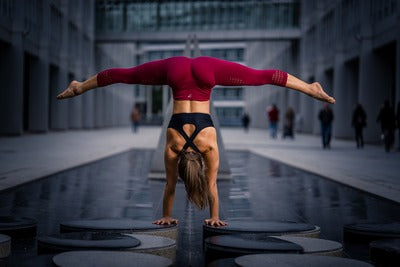
When doing a handstand on the floor, the first thing is the correct positioning of the hands. For optimal balance, you should spread your fingers wide, place your hands shoulder-width apart and "grip" the floor slightly. This will help you to get better leverage.
You should then focus the main weight at about the base of the index finger. From there you can balance in all directions and keep your center of gravity centered.
To be able to bring your hands into a good position for the handstand, you need a certain amount of mobility in your wrist. If your wrist cannot be brought up to 90° under light pressure, you should work accordingly on the mobility in your fingers and forearm.
Handstand on Parallettes
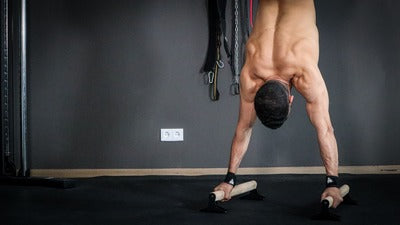
Parallettes are a common tool in calisthenics and especially interesting for variations of the handstand. Gripping the bars puts your wrists in a position that requires less flexibility. Therefore, parallettes are often also suitable if one still lacks the required flexibility or if one has overload symptoms.
Many people find it easier to do handstands on parallettes at first, because the extended lever provides good forward and backward compensation. If, on the other hand, you set up the parallettes in a line, it is much more difficult. The so-called "straight-bar handstand" requires good control and grip strength.
Handstand Push-up
Handstand push-ups are easy to perform on parallettes because of the improved back-and-forth control. Plus, you get a little extra height, which can give you some confidence as you can keep some distance from the floor. Or, you can use the extra space to train more depth in handstand push-ups.
Planche
A planche on the floor requires resistant wrists, as leaning forward creates a lot of pressure. This can be reduced a little by turning the hands out or using appropriate aids. This again improves the angle in the joint so that the exercise can be performed a little more gently.
Press Handstand
The Swiss handstand from a standing position is initially easier on the floor, since you don't have to overcome any extra height. With Parallettes, on the other hand, you can use the extra height either to get strong in the lower range of motion, or to learn the Stalder Press. With the extra height, it's easier to pull your legs through.
Want to know how to learn a handstand? Then feel free to check out our How-To: Handstand [Beginner Tutorial] on Youtube.
Conclusion
Whether you practice handstands on parallettes or the floor is ultimately a matter of preference. You have to train both variations specifically to train your balance reactions. At the same time, there is also a good transfer of coordination and proprioception. The exercises to learn balance, as well as optimize form in handstand, remain the same regardless of the surface!
For some skills in calisthenics, it is nevertheless advisable to prefer training on the parallettes. In this way, you can avoid overloading the wrists and also open up more possibilities to vary exercises.
So, as is so often the case, the question is once again, "What is your goal?" - If it's the one-arm handstand that you want to be able to recall at any time, training on the floor is a good choice. However, if you want to master it on the bars as well, you should (additionally) practice on parallettes to train proprioception here.
Are you looking for high-quality parallettes for your calisthenics training?
Here you will find unique and high-quality low & medium Parallettes.
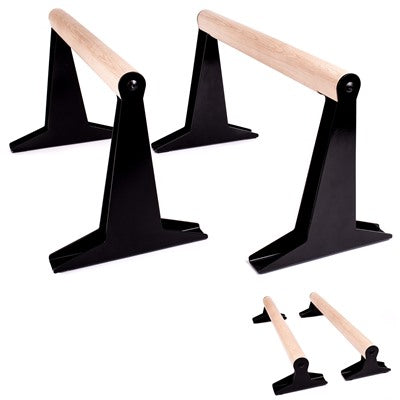
Recommended Articles:
Parallettes Training - Benefits, variations and top exercises.
Learn Handstand - The Ultimate Guide To Handstand
Push-Up Grips - The Top Benefits and Exercises with Push-Up Grips


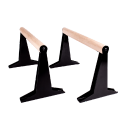
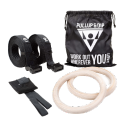


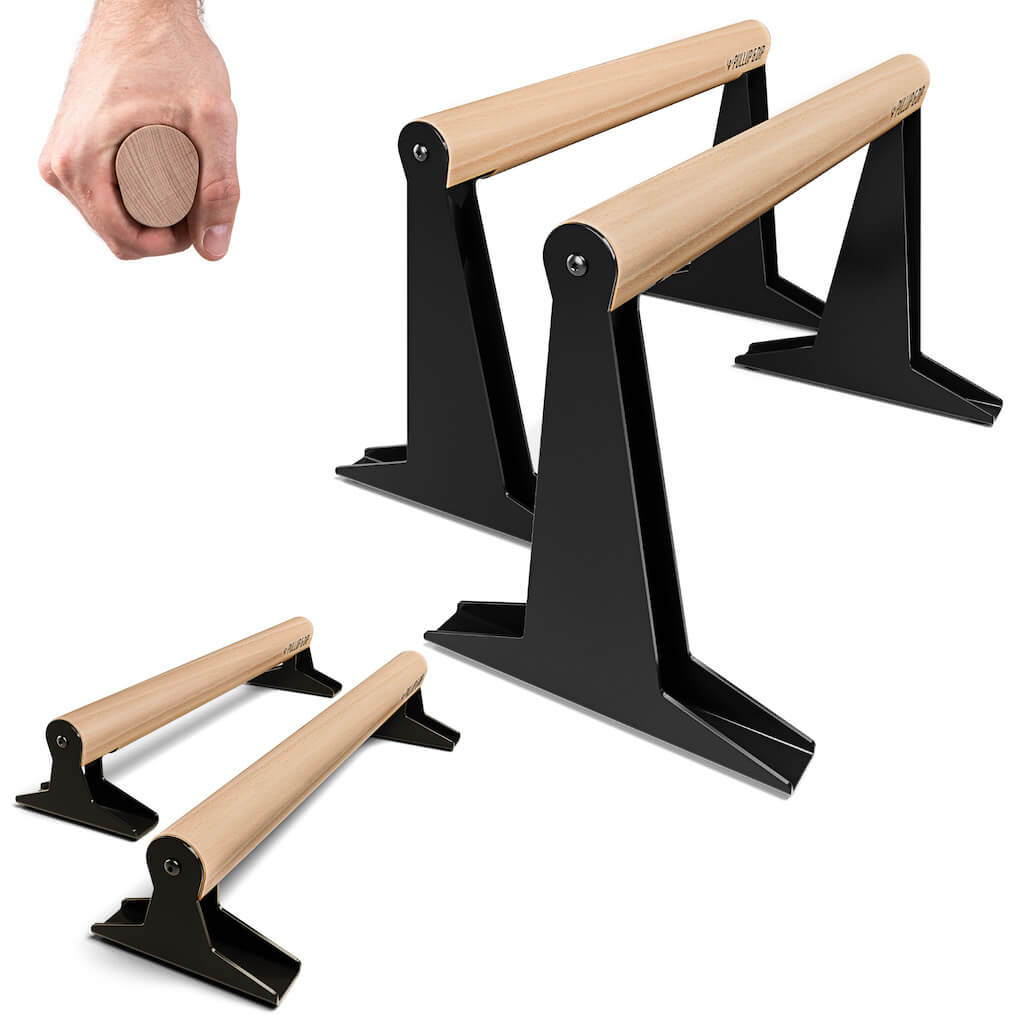
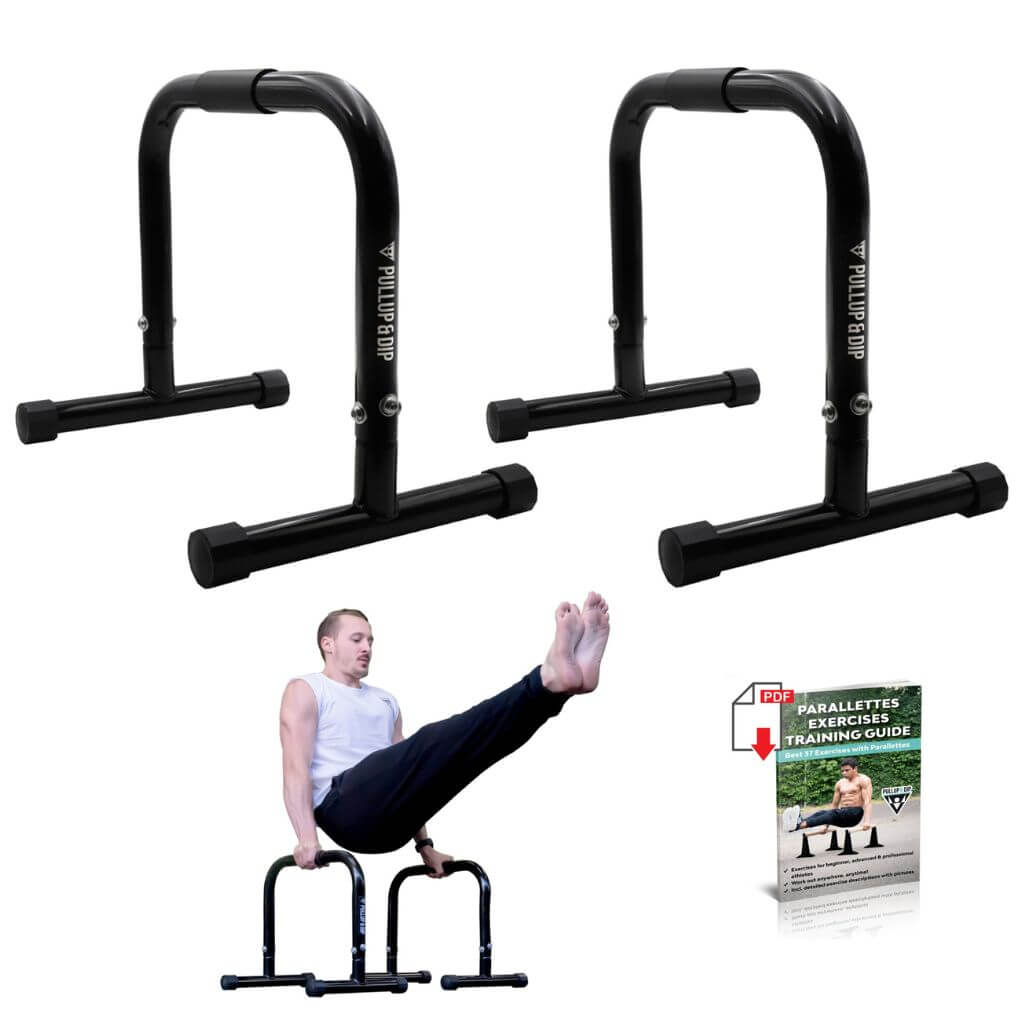
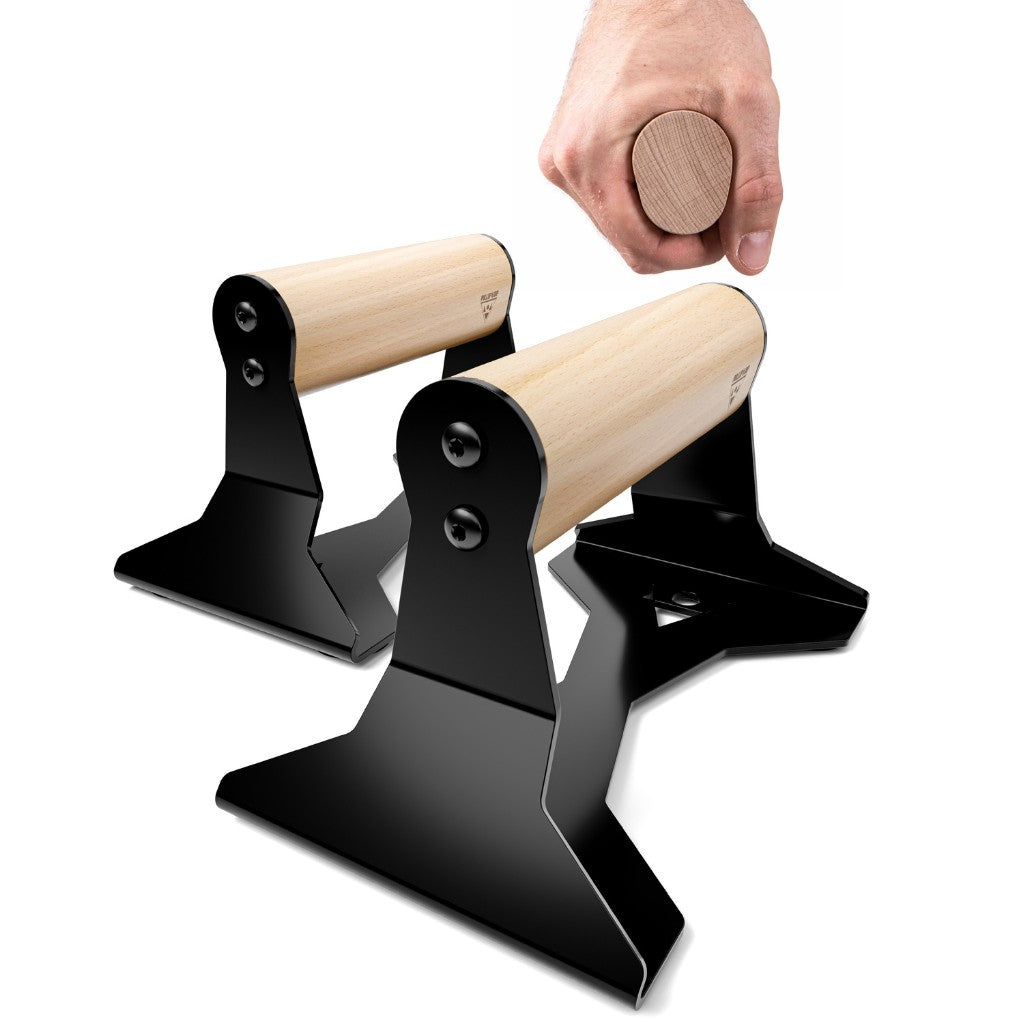
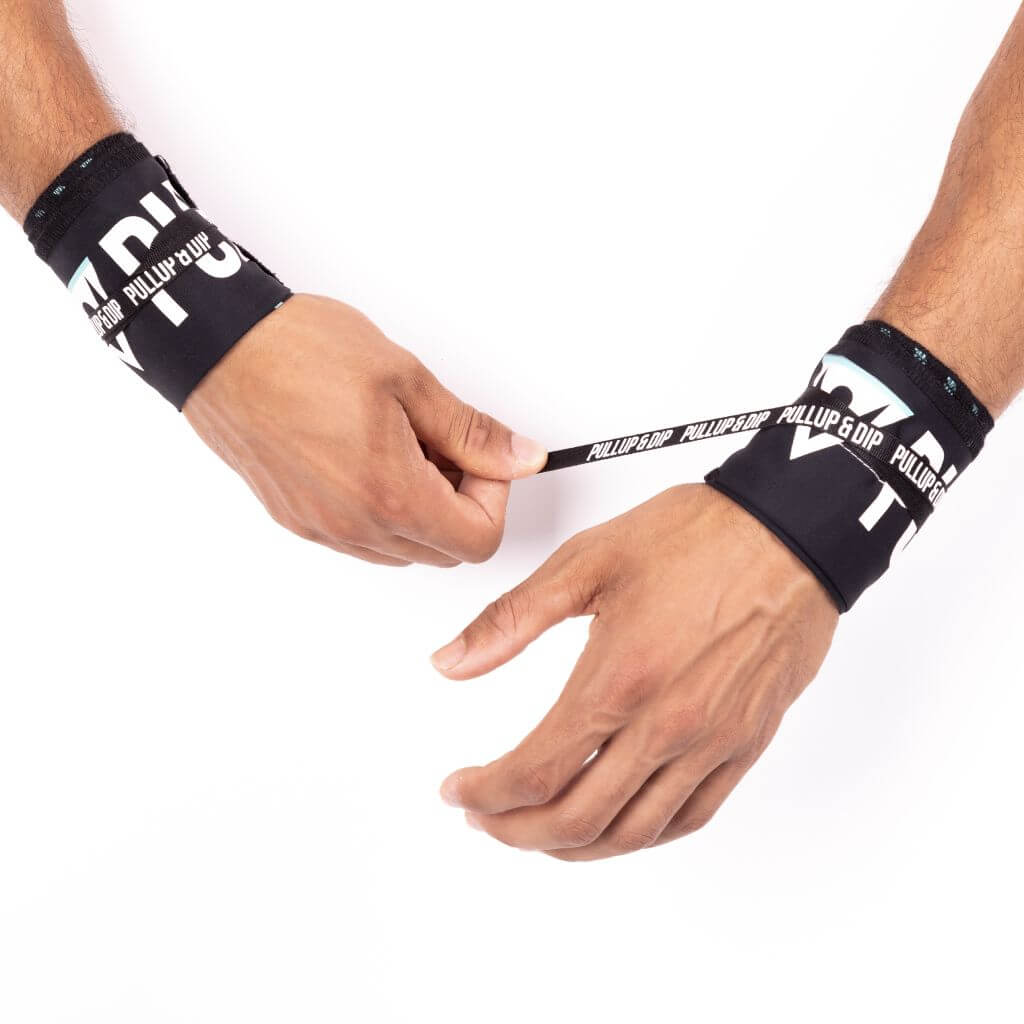
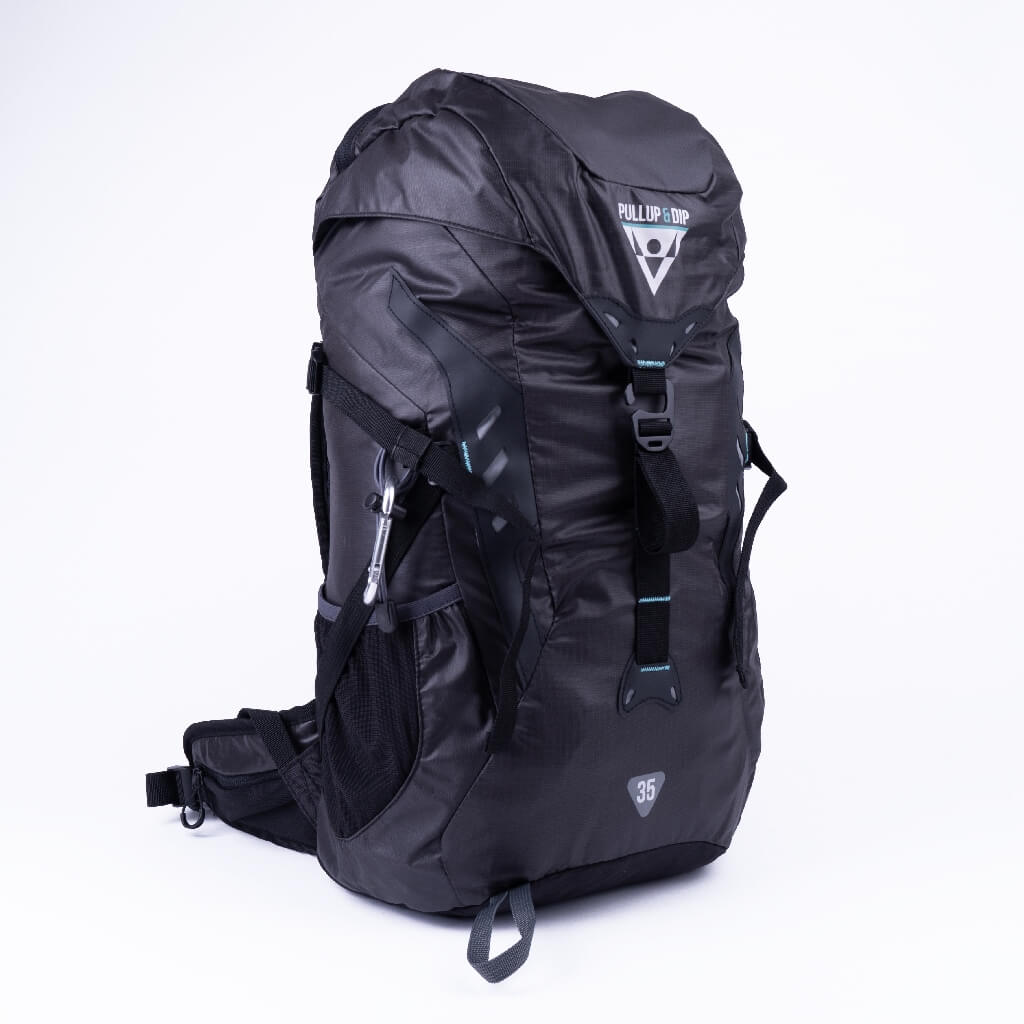
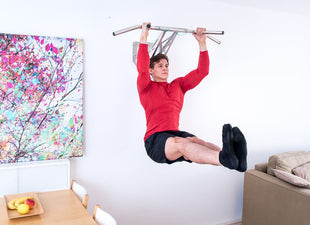
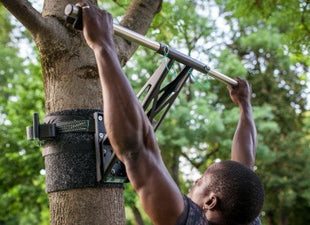

Leave a comment
All comments are moderated before being published.
This site is protected by hCaptcha and the hCaptcha Privacy Policy and Terms of Service apply.